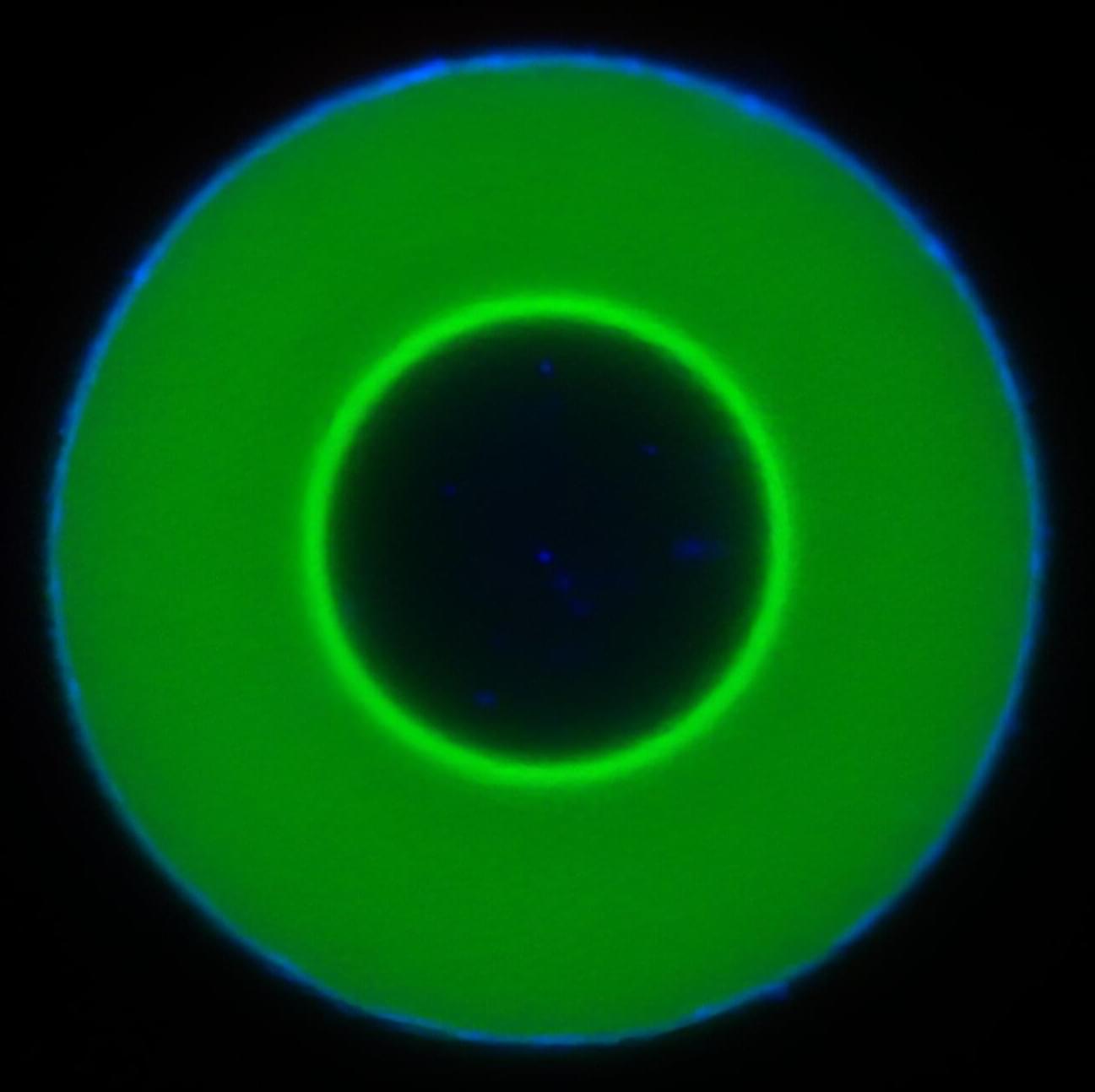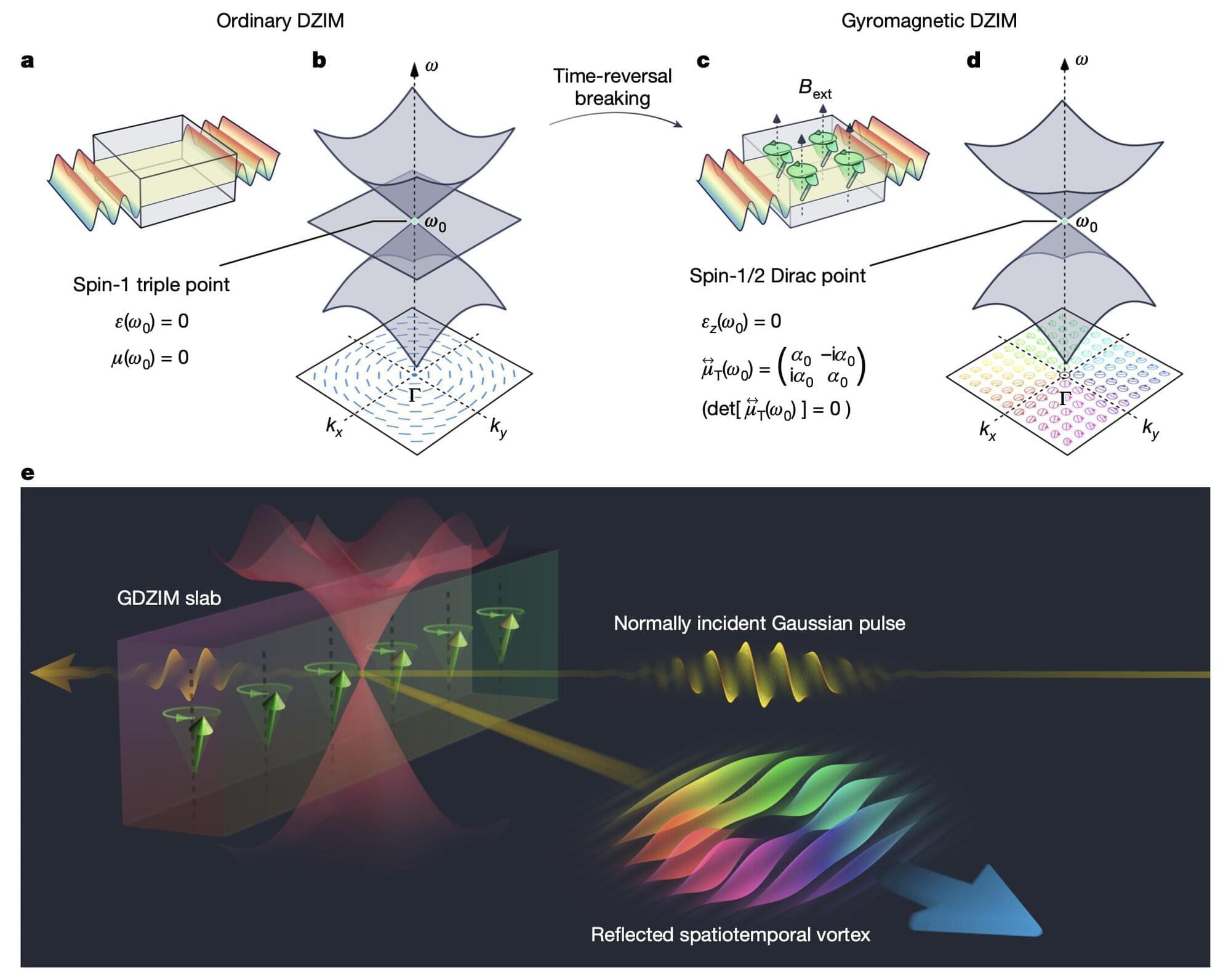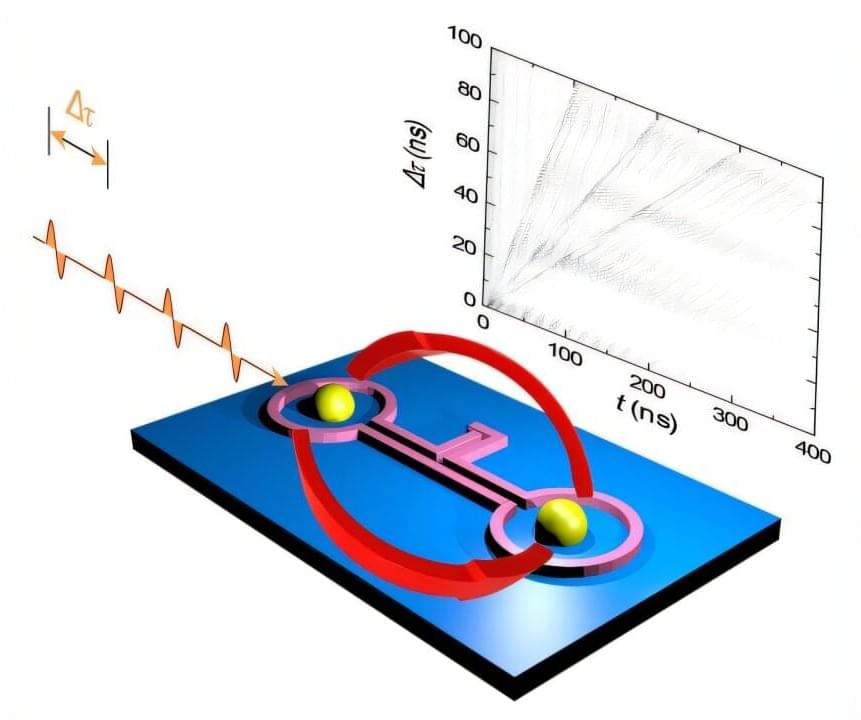Two RIKEN researchers have used a scheme for simplifying data to mimic how the brain of a fruit fly reduces the complexity of information about smells it perceives. This could also help enhance our understanding of how the human brain processes sensory data.
The work is published in the journal Science Advances.
Sensors related to our five senses are constantly providing huge amounts of information to the human brain. It would quickly become overloaded if it tried to process that sensory information without first simplifying it by reducing its number of dimensions.








